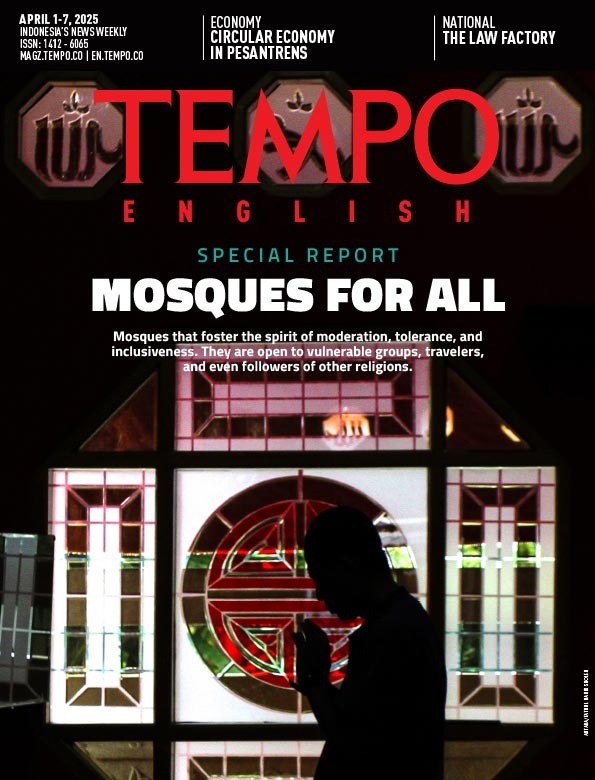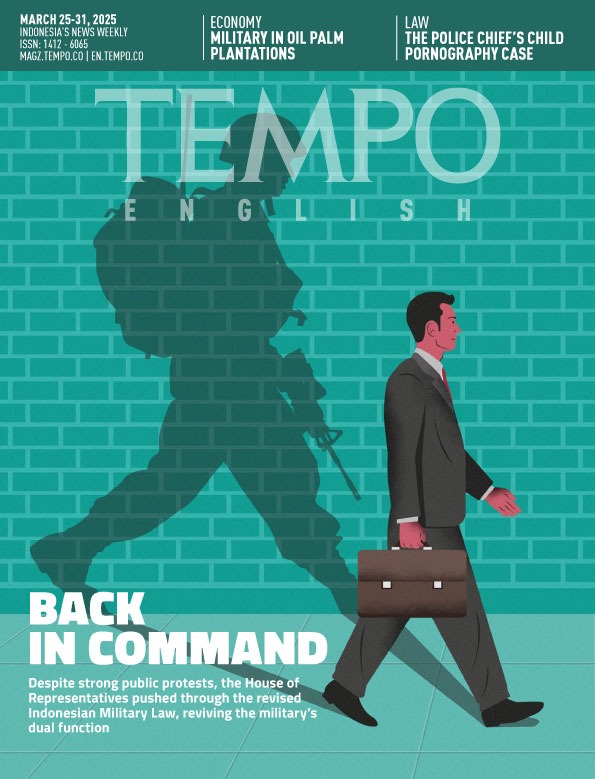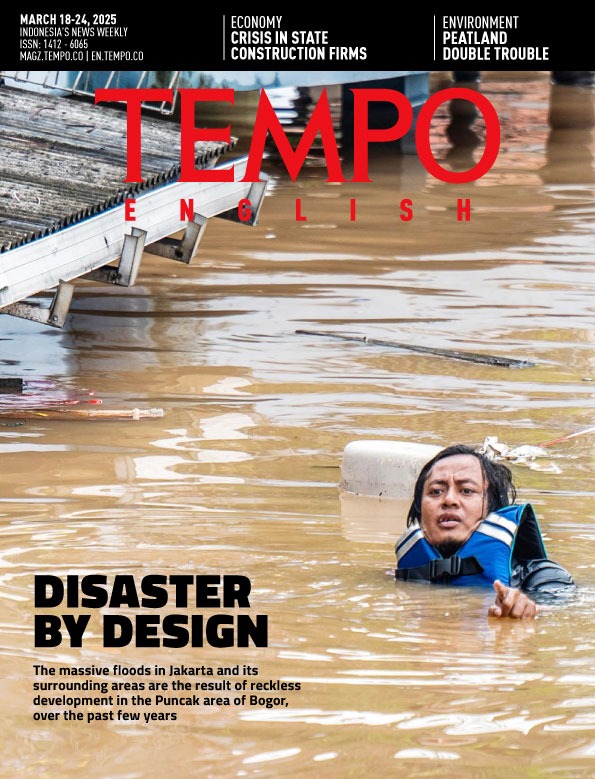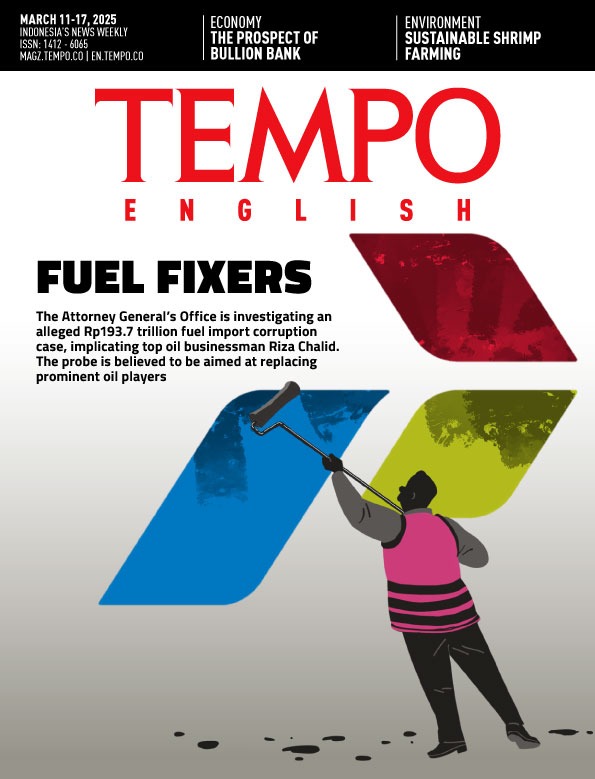Indonesian Heritage Objects to Go Home
Tuesday, November 3, 2020
arsip tempo : 174353394041.
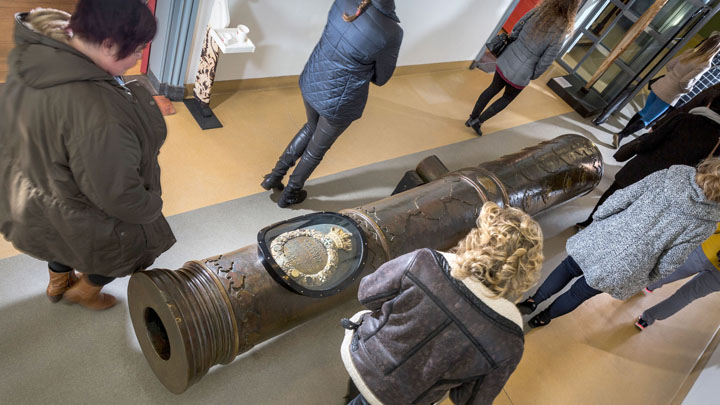
WHAT was stolen must be returned,” was the message of Lilian Gonçalves, who chaired the Dutch Council for Culture (Raad voor Cultuur) in a report Colonial Collections and the Admission of Injustice. Gonçalves spoke in early October during the report’s presentation in The Hague to Culture and Education Minister Ingrid van Engelshoven, who requested the advice.
The report underlined that “the recognition of injustic
...
Subscribe to continue reading.
We craft news with stories.
 For the benefits of subscribing to Digital Tempo, See More
For the benefits of subscribing to Digital Tempo, See More





